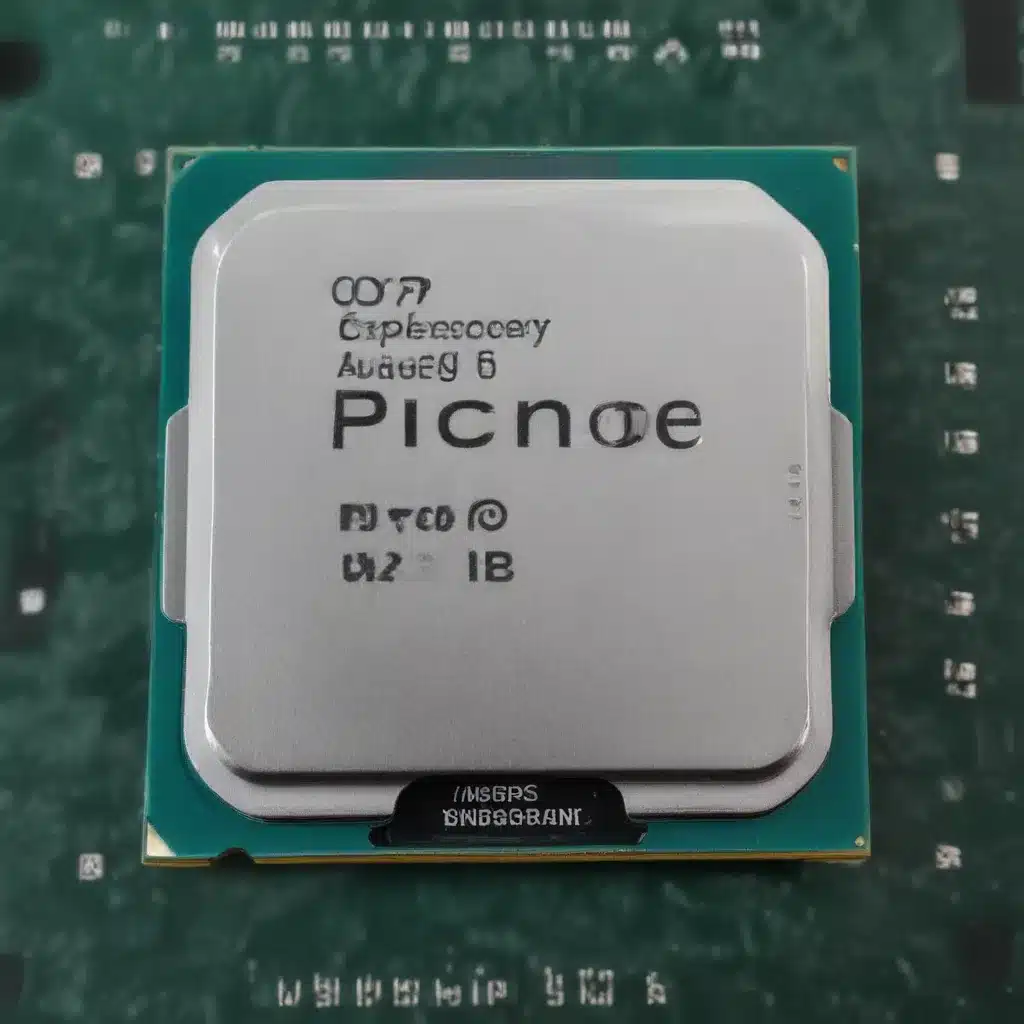
In the ever-evolving world of personal computing, the processor, or CPU (Central Processing Unit), stands as the heart of a desktop PC, responsible for executing instructions and powering the overall system performance. If you’ve found yourself yearning for a snappier, more responsive computing experience, upgrading your desktop’s processor may be the key to unlocking enhanced performance.
Computer Hardware
Desktop PC Components
At the core of a desktop PC lies a delicate ecosystem of interconnected components, each playing a crucial role in determining the system’s overall capabilities. The processor, or CPU, sits at the center of this ecosystem, working in tandem with the motherboard, memory (RAM), storage devices, power supply, and graphics card to deliver a seamless computing experience.
Processor Upgrades
When it comes to upgrading your desktop PC’s processor, the options can be quite varied, depending on the specific hardware you currently have. The two leading processor manufacturers, Intel and AMD, offer a wide range of CPUs, each with their own unique architecture, core count, and performance characteristics.
Processor Types (Intel, AMD)
Intel and AMD have long been the dominant players in the desktop processor market, each offering a diverse range of options to suit different needs and budgets. Intel’s latest 12th and 13th generation Core series, as well as their high-end Xeon lineup, provide impressive performance for power users and enthusiasts. AMD, on the other hand, has gained significant ground in recent years with its Ryzen series, which boasts a compelling mix of cores, clock speeds, and advanced features.
Processor Sockets and Compatibility
When considering a processor upgrade, it’s crucial to ensure compatibility with your existing motherboard. Processors are designed to fit specific socket types, such as LGA 1200 for Intel and AM4 for AMD. Upgrading your processor may also require a compatible motherboard, as newer CPU models often require newer chipsets and socket types. Carefully researching your current system’s specifications and the compatibility of potential upgrades is essential to ensure a smooth and successful upgrade process.
Processor Performance Factors
The performance of a processor is influenced by several key factors, including clock speed, core count, and cache size. Higher clock speeds, more cores, and larger cache sizes generally translate to improved performance, particularly in multi-threaded applications and demanding workloads. However, the overall impact of these factors can vary depending on the specific software and tasks you’re running.
Performance Optimization
Performance Benchmarking
Evaluating the performance impact of a processor upgrade requires a combination of synthetic benchmarks and real-world testing. Synthetic benchmarking tools, such as Cinebench, 3DMark, and PCMark, can provide a standardized assessment of a processor’s capabilities across various workloads. These tests can help you gauge the potential performance gains from an upgrade.
Bottleneck Identification
Before embarking on a processor upgrade, it’s essential to identify any potential bottlenecks in your system. Using system monitoring tools like Task Manager, Resource Monitor, or third-party utilities like HWMonitor or AIDA64, you can analyze the utilization of your current CPU, GPU, memory, and storage components. This information can help you determine which component is the primary limiting factor in your system’s performance, guiding your upgrade decisions.
Upgrade Considerations
When upgrading your desktop PC’s processor, there are several important factors to consider beyond just the processor itself. Thermal management, ensuring your system’s power supply is sufficient, and verifying software compatibility are all crucial aspects to address. Upgrading your CPU may require a compatible CPU cooler or even a new power supply, depending on the specific components involved.
Operating System and Drivers
Operating System Selection
The choice of operating system can also play a role in maximizing the performance benefits of a processor upgrade. While Windows 10 and 11 remain the most popular options for desktop PCs, some users may find that a Linux-based distribution, such as Ubuntu or Fedora, provides better optimization and control over system resources, particularly for specific workloads or software requirements.
Driver Updates and Optimization
Keeping your system’s drivers up-to-date is essential for unlocking the full potential of a processor upgrade. Ensure that you download and install the latest chipset, graphics, and BIOS/UEFI updates from the respective manufacturers’ websites. These updates can often address performance issues, improve stability, and enable new features that may not have been available with your previous processor.
Upgrade Process
Pre-Upgrade Planning
Before diving into the physical upgrade process, it’s crucial to thoroughly research your system’s compatibility, plan for any necessary backups, and prepare for the installation. Carefully review the processor’s requirements, ensure your motherboard and power supply can accommodate the new CPU, and back up any critical data to safeguard against potential issues during the upgrade.
Upgrade Installation
The actual process of upgrading your desktop PC’s processor typically involves removing the old CPU, installing the new one, and configuring the BIOS or UEFI settings to ensure optimal performance. Follow the manufacturer’s instructions closely, and be mindful of proper handling and installation techniques to avoid any damage to the sensitive components.
After the physical upgrade, remember to update your operating system, install any necessary drivers, and run benchmark tests to verify the performance improvements. Depending on your specific needs and usage patterns, you may find that the processor upgrade has significantly enhanced the responsiveness and overall computing experience of your desktop PC.
So, if you’re ready to unlock a new level of performance from your desktop, carefully consider a processor upgrade as a strategic investment in the longevity and capabilities of your system. With the right research, preparation, and execution, you can breathe new life into your PC and enjoy a smoother, more efficient computing experience.












